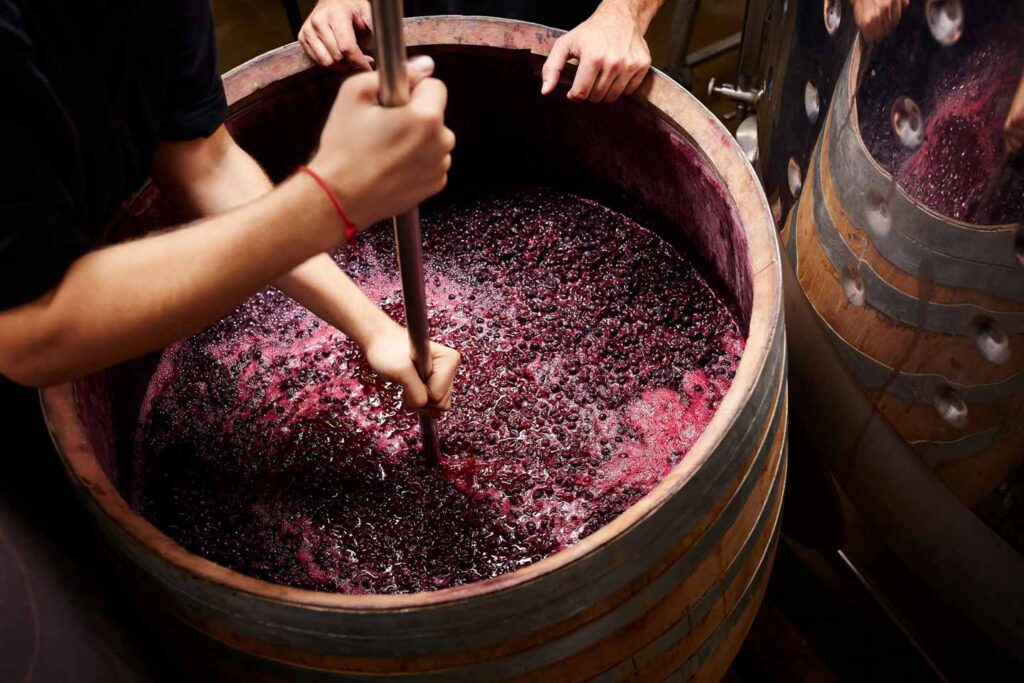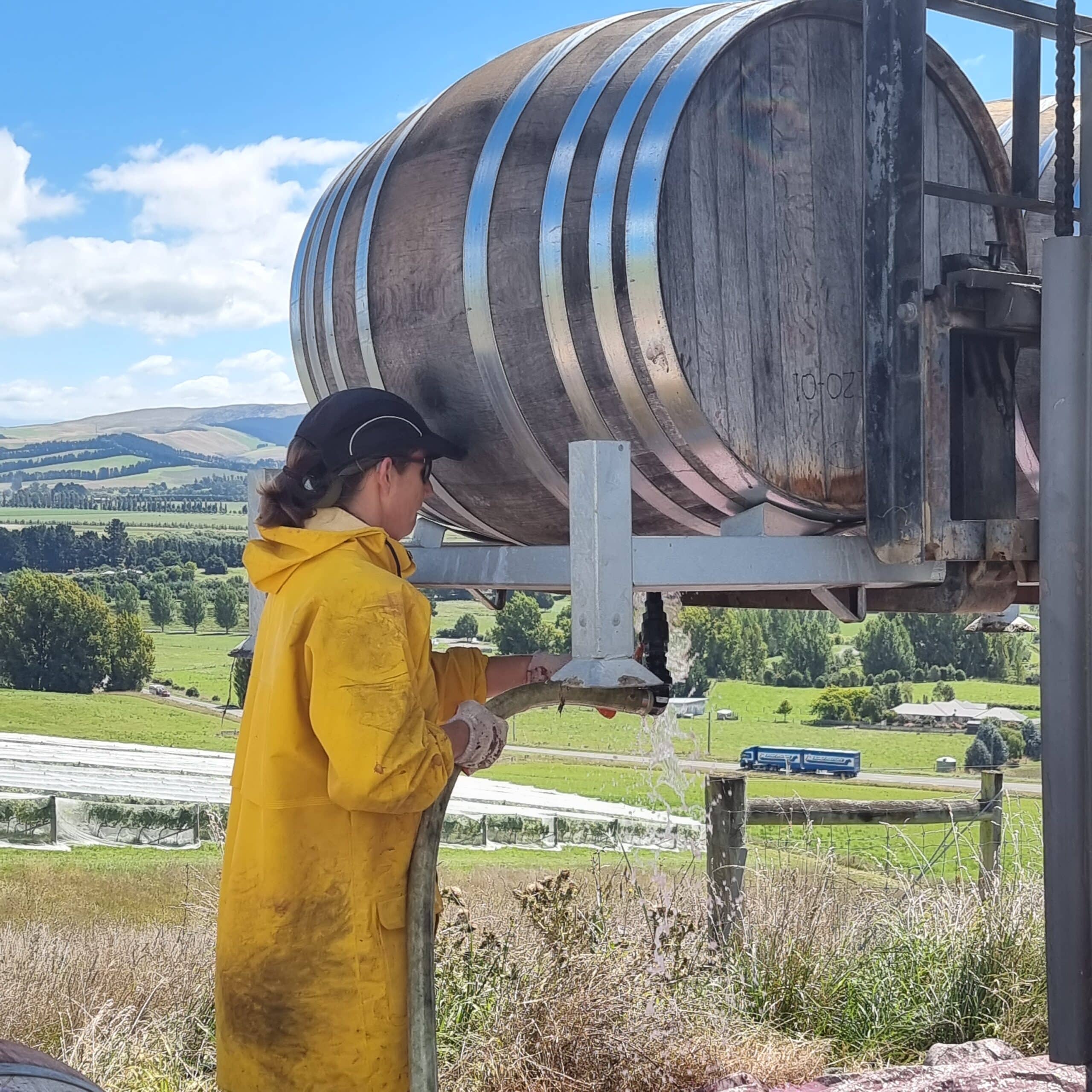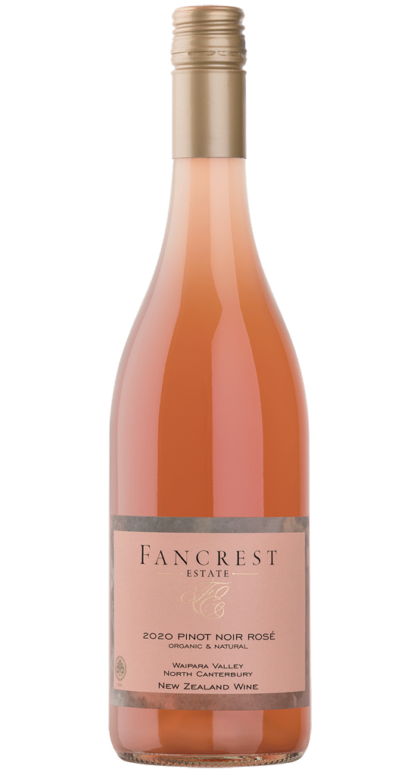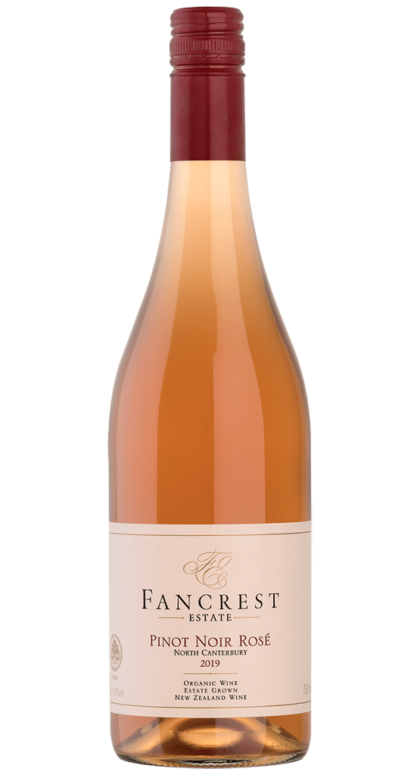
Tasting natural wine is not very different from tasting conventional Pinot Noir.
Pinot noir is intriguing. It can be at once powerful, sensual, floral, fruity, earthy, mineral. Well-grown pinot noir from great terroirs can be extraordinarily complex.
Pinot noir is pretty fickle to grow, but with heaps of attention in the vineyard, a healthy, perfectly balanced crop can be delivered at harvest. The crop should be a reflection of its surroundings, its geography, its climate, its vineyard, its soils, its minerals as well as the flowers, plants and weeds that naturally grow around it.
Given its inherent complexity, Pinot noir needs a little more attention than most when tasting. It’s about more than about just tasting for the balance of acid, alcohol, fruit concentration and sweetness, minerality and tannins. Of course, these components are critical as they provide the mouthfeel that carries the wine across the palate.
But it doesn’t go far enough to explain the complexity one sees in great Pinot Noir.
Appearance
 The first thing you’ll notice in a natural Pinot Noir that has not been fined or filtered is a small amount of cloudiness. This is absolutely normal and completely harmless.
The first thing you’ll notice in a natural Pinot Noir that has not been fined or filtered is a small amount of cloudiness. This is absolutely normal and completely harmless.
Particles that remain in suspension after the bottle has been agitated may be the remnants of tiny yeast and bacterial cells that were responsible for fermenting the wine. Generally speaking, these will settle out by gravity if the bottle is left undisturbed and slightly chilled for long enough. The very smallest particles may however remain in suspension for a quite a while, particularly if, like most proteins, they carry a small electrical charge. Whatever sinks to the bottom can be readily decanted off.
Cloudiness tells you that this is a wine that has had little human intervention. It has not been forced through super fine micron filters that remove even the smallest bacterial cells, or through diatomaceous earth filters that remove larger proteinaceous and cellular components. What is indisputable is that these filtering processes remove more than just what they aim to remove, and flavour is inevitably impacted, not always positively.
Natural wines are often made in a different style to commercial conventional Pinot Noirs and will very likely have seen more contact with Oxygen during their conversion to wine.
The colour may reflect this with more orange than purple hues.
Be careful not to confuse a deliberate oxidative winemaking practice with oxidised or damaged wine. The oxidative process leads to a wine with a little less overt primary fruitiness, it does contribute majorly to the wine’s evolution of more complex secondary characters. It also produces a far more stable wine that continues to live and evolve rather than fall over in the glass.
Taste
The important thing is to taste a natural pinot noir in much the same way as you would taste a conventional commercial Pinot Noir.
Get yourself a clean glass with a nice generous bowl. And then be prepared to sit back, relax and taste it slowly as the wine gradually opens up in the glass.
It’s impossible to taste a natural wine and assess it on just one sip.
The first thing you will taste is the acidity, which you do with the tip of your tongue.
This will tell you part of the story of this wine. If it’s been cool the acidity will be crisp and the wine elegant. If it’s been hot, the acidity will be softer and the wine broader and possibly more powerful.
Do not for one second, confuse brute power with quality.
The quality of the grapes at harvest, to a large extent, determines the quality of the wine more than any other factor. Being thin-skinned, the quality of Pinot Noir is more vulnerable to the effects of weather during the growing season, than almost all other grape varieties. It is also very sensitive to geography, geology, climate. The combination of these effects is often referred to as the grape’s terroir.
More about this perhaps in another Blog.
Then in addition, quality is affected by vineyard practices like leaf plucking, vine training and pruning. So many variables.
Pinot Noir is very sensitive to light exposure and crop load. Too much sun exposure and the fruit gets sunburn; too little and the fruit tastes herbaceous. Too much crop and the resulting wine will lack concentration, too little and the winegrower will go broke.
Tannins and acidity are really important to your appreciation of all wines. Tannin strips away the mucous that lines our cheeks and gums leaving a drying slightly roughened texture.
Great tannin descriptors for Pinot Noir include “needle point”, “sandpaper”, “emery board”, “dusty”, “chalky” or even “coarse silk”.
Acidity offers more texture, structure and contrast to the fruit and other flavours you encounter with Pinot.
Great Pinot Noir wines need one (preferably 2) of four things to age well: high tannin (which Pinot most certainly doesn’t have lots of naturally), high sugar (which Pinot isn’t in the market for anyway), high alcohol (doesn’t really work for Pinot Noir) or high acidity.
In the case of the very best ageworthy Pinot Noirs, their longevity comes from an acute balance of moderate tanning and moderate to high acidity. Bearing in mind that Tannin softens with time, it is often acidity that is left to carry older examples through.
Acidity is not only there to help the wine age. It helps carry flavour and enhances texture.
Acidity in younger Pinot should be more prominent, but it should never feel like paint stripper.
The finish and length of great Pinot Noir holds the key to your satisfaction and assessment, if you keep wanting the invade your senses with the scents, flavours and textures of a Pinot Noir you’re probably holding a glass if fine wine.
Let’s get one thing straight: Pinot Noir is not Cabernet. Never has been, never will be. It’s not big, heavy, tannic, thick, super-concentrated, or mind-blowingly extracted. It’s more Porsche, less Mack Truck. Pinot Noir is about finesse, elegance and clarity. It’s one of the few varietals translucent enough to show soil, climate and the winemaker’s hand. At its best, it can be the most complex and satisfying elixir you’ll ever consume. At its worst, it can be a thin, insipid swill you wouldn’t even serve to relatives.
Michael Lynch Tweet
Some winemakers believe that with Pinot Noir, oak is critical to depth and complexity, texture and length on the palate.
Oak flavours diminish over time so will often appear stronger when a Pinot is younger. Baking or kitchen spices from clove and vanilla to nutmeg, cinnamon and five spice are not uncommon descriptors for Pinot Noir that has a noticeable oak influence.
At Fancrest we use as little new oak as possible. Really only when an old barrel has to be retired, so there won’t be many of these typical descriptors of our wines.
We take great pride in maintaining our barrels carefully to extend their useful life before sending them out into the world as garden planters.
This is because Pinot Noir in our opinion is all about subtlety and nuance, and new oak can be intrusive and clunky.
Aroma

Describing a Pinot Noir might take some time and effort if it’s a really good, complex example.
Taste and textures of Pinot Noir usually inspire aromatic memories of wild flowers and light red berry fruits, from cherries to raspberries, strawberries and plums.
These aroma memories may be of freshly harvested, dried, cooked or preserved fruits.
A fine savoury quality from dried herbs; the taste of chalky textured soils – clay or stone, a salty hint of limestone, chalk or just minerals is a typical attribute of Pinot especially when grown in limestone.
 What you won’t every detect in our wines is the annoying prickle of Sulphites (preservatives) as we don’t add any.
What you won’t every detect in our wines is the annoying prickle of Sulphites (preservatives) as we don’t add any.
And since we don’t fine our wines to manipulate them into a stylistic model, there have not been any animal products (milk, casein, fish bladder, egg whites, to name a few common agents) used in our wines either.
On our Wines page we have tried to jog your memory with some of the aromas writers have described in our wines.
Be sure to take your time with our Pinot Noir. It’s ready to tell you our story.



